T4K3.news
Copilot 3D preview opens to all Copilot users
Microsoft rolls out Copilot 3D as a public preview in Copilot Labs, turning 2D images into 3D models with guardrails in place.
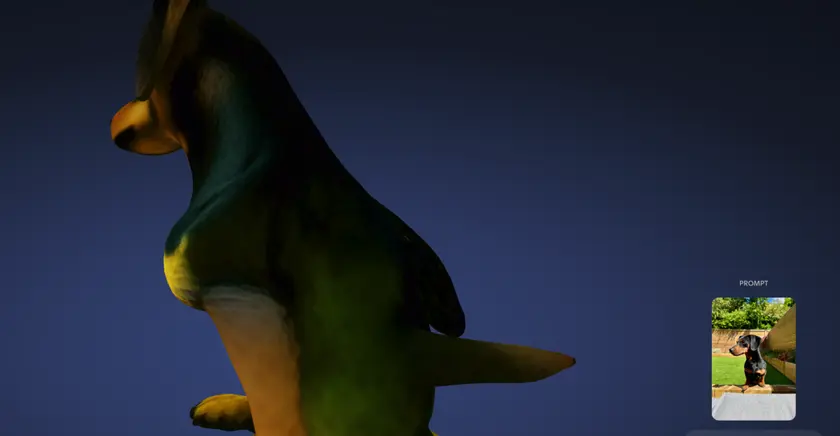
Microsoft's Copilot 3D previews turning 2D images into 3D models, with guardrails and a focus on consent.
Copilot 3D turns 2D images into 3D models with guardrails
Microsoft has rolled out Copilot 3D as part of Copilot Labs. It is a free, preview feature that converts 2D JPG or PNG images under 10MB into 3D GLB models. These models can be used in AR, game engines, 3D editing, and printing. The tool works best when the subject stands out from a clear background and when lighting provides depth. It is accessible to all Copilot users via the web, not just Pro subscribers, and it stores each creation for 28 days before downloads. After conversion, users can export the file as GLB and, if needed, convert it to SLT for Blender or similar tools.
In testing, Ikea furniture and simple objects like bananas translated well, while images of animals or people were less reliable. A dog image produced odd results, illustrating the limits of current 2D to 3D translation. Microsoft notes that you should own the rights to the images you upload and avoid depicting individuals without consent or copyrighted material. Attempts to model public figures such as Tim Cook or Taylor Swift were blocked with a “Cannot generate content” message. The Verge also notes that while some subjects are blocked, others can be modeled, highlighting how guardrails shape what the tool will allow.
Key Takeaways
"Copilot 3D shows promise for product design but struggles with living subjects."
summarizes a key limitation observed in testing
"Creations stay for 28 days and you download GLB files easily."
describes core usage and workflow
"Guardrails shape what AI can model, not just what users imagine."
comment on policy and design implications
"This tool hints at a future where consent and licensing are built into design."
broader societal impact
Copilot 3D could democratize early-stage design by letting hobbyists prototype objects without mastering 3D software. That accessibility is a strength, but it also raises questions about consent, licensing, and the potential for misrepresentation when living subjects or celebrities are involved. Guardrails help, yet they are not perfect safety nets, and they may push users toward grey areas in licensing or fair use. The feature is a reminder that AI tools don’t just automate tasks; they influence what people feel comfortable creating and sharing.
Economically, the tool could shift workflows for small studios and classrooms by lowering the barrier to rapid prototyping. Yet it could also widen gaps if richer results or faster pipelines stay behind a paid tier. The real test lies in how creators balance imagination with responsibility, and whether platforms increase transparency about how models are sourced, stored, and used. This is as much a policy and ethics conversation as a technical one, and the next updates will show how seriously gatekeepers take those issues.
Highlights
- Copilot 3D shows promise for product design but struggles with living subjects.
- Creations stay for 28 days and you download GLB files easily.
- Guardrails shape what AI can model, not just what users imagine.
- This tool hints at a future where consent and licensing are built into design.
Privacy and consent concerns with Copilot 3D
The feature generates 3D assets from user-provided images and stores them for 28 days, raising questions about consent, licensing, and potential misuse. Guardrails block some content, but gaps remain in what is allowed or detectable, creating ongoing debates about safety and rights.
The balance between openness and safety will determine how useful Copilot 3D becomes in everyday design.
Enjoyed this? Let your friends know!
Related News
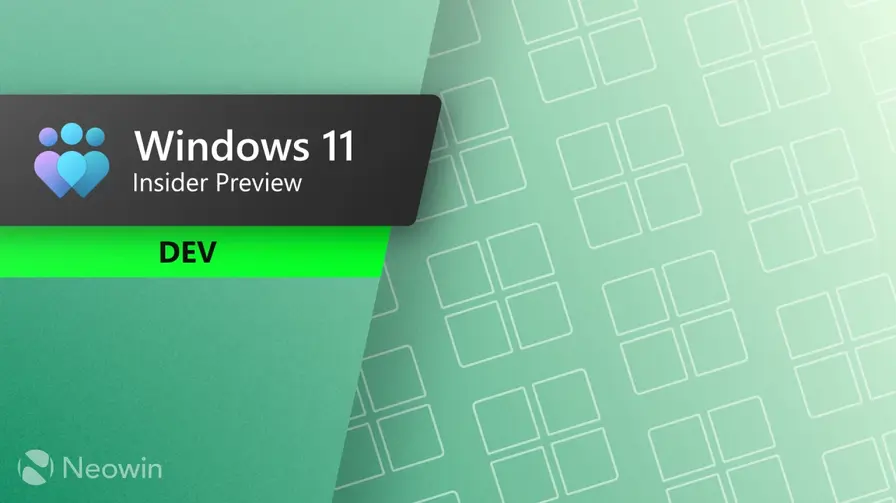
New Windows 11 builds launched with enhanced features
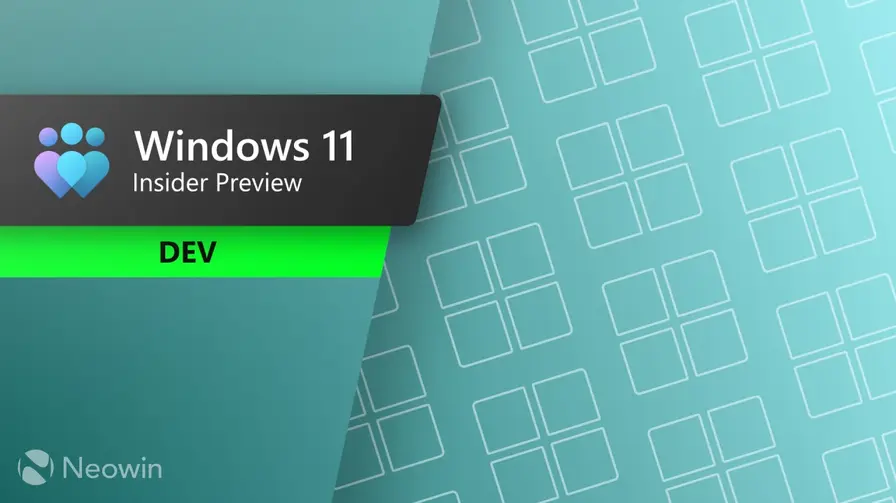
Windows 11 25H2 moves more Control Panel into Settings
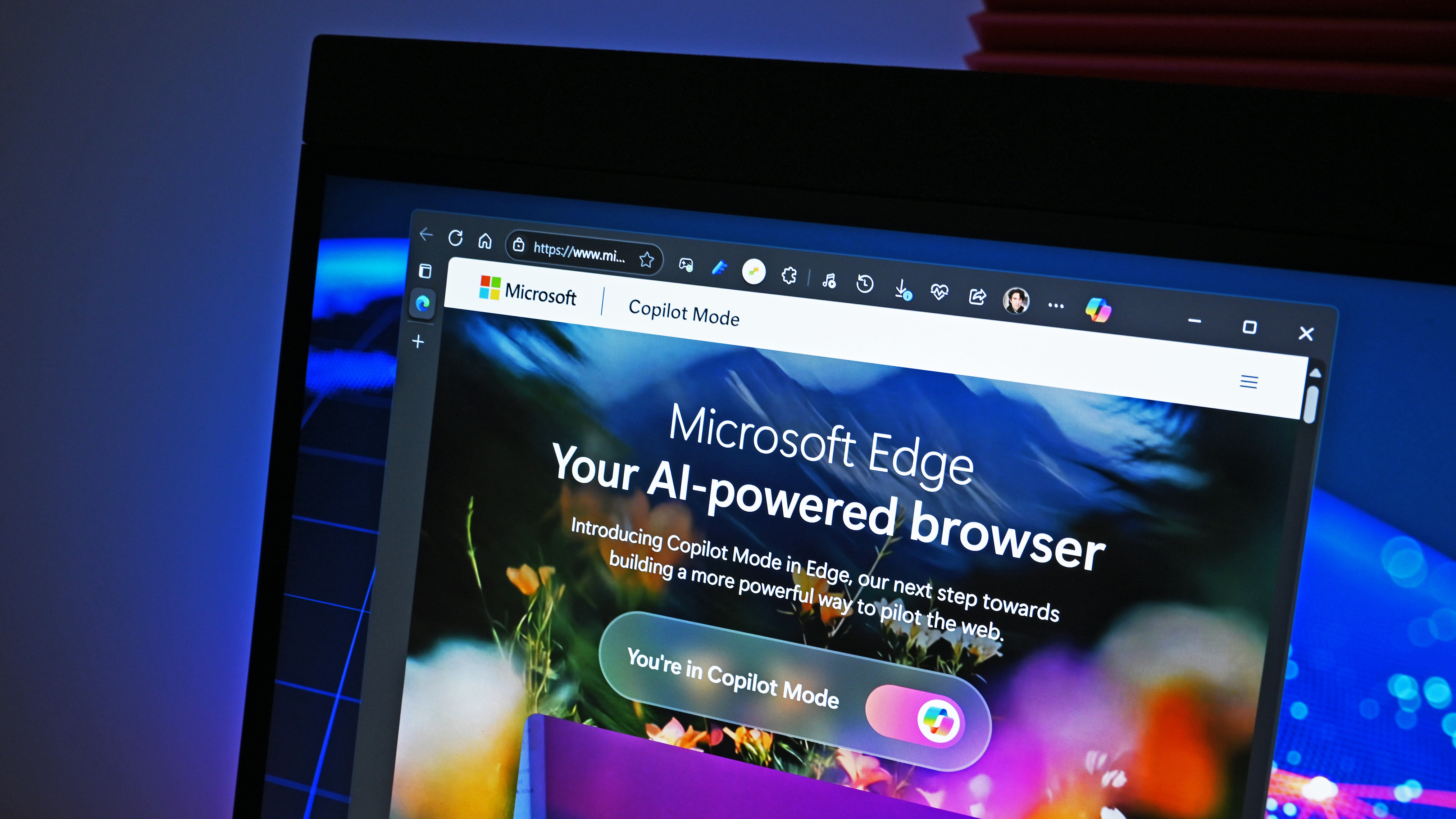
Microsoft introduces Copilot Mode in Edge browser
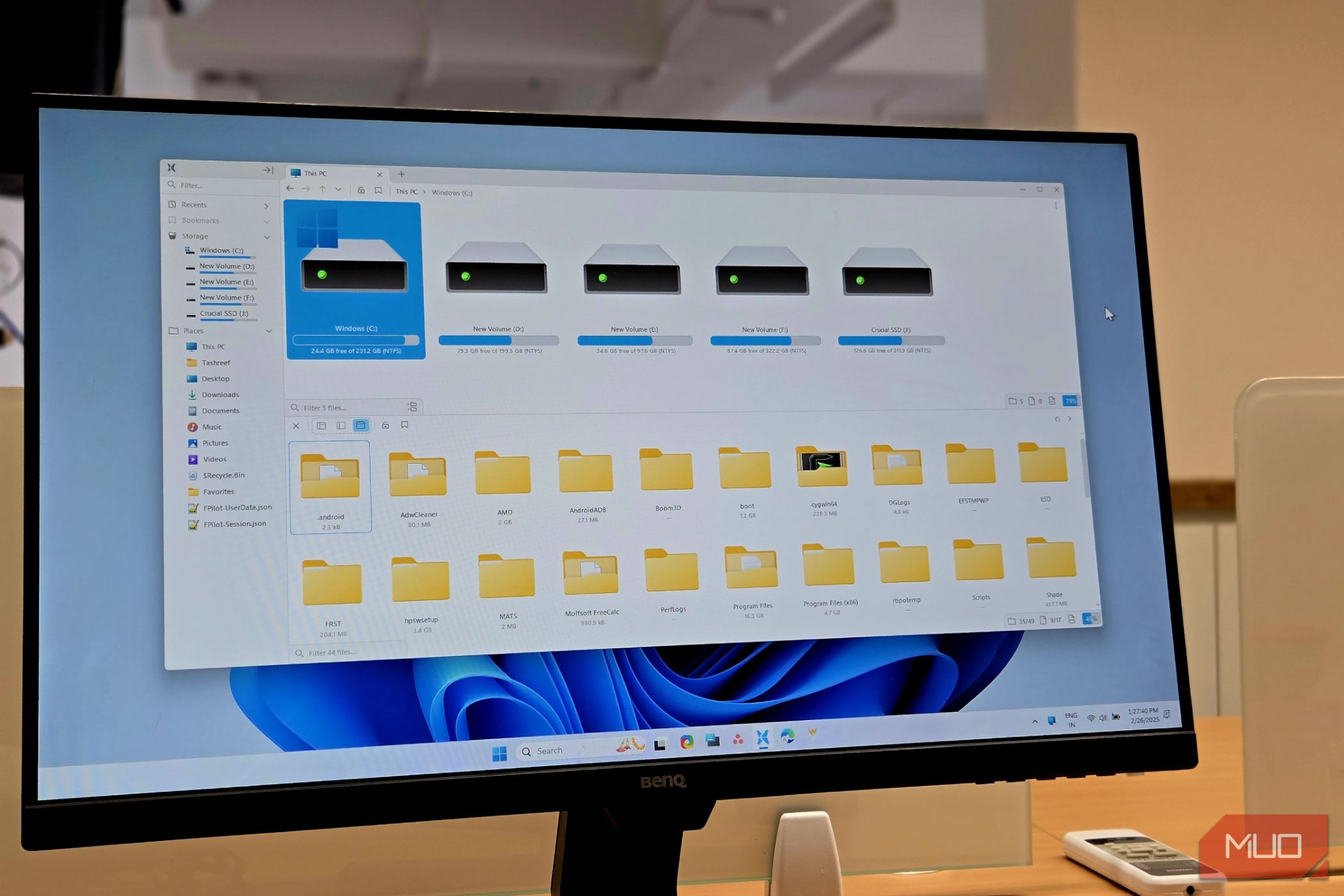
Top Seven File Explorer Add-Ons Released
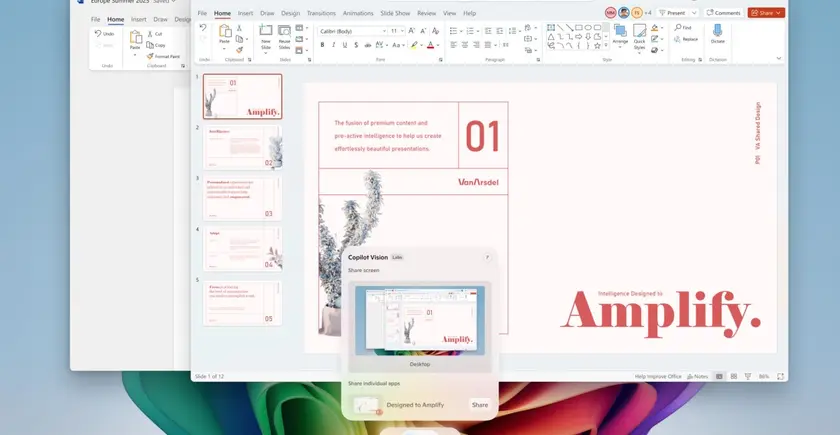
Microsoft introduces new AI features for Windows 11
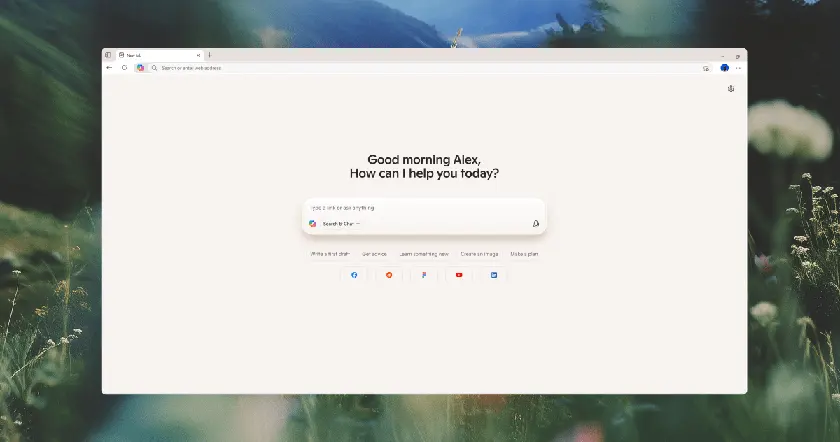
New AI features launched in Microsoft Edge
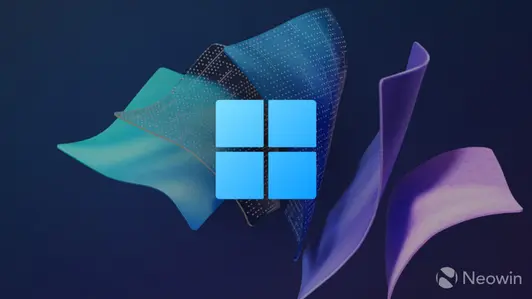
Microsoft releases Windows 11 24H2 update with new features
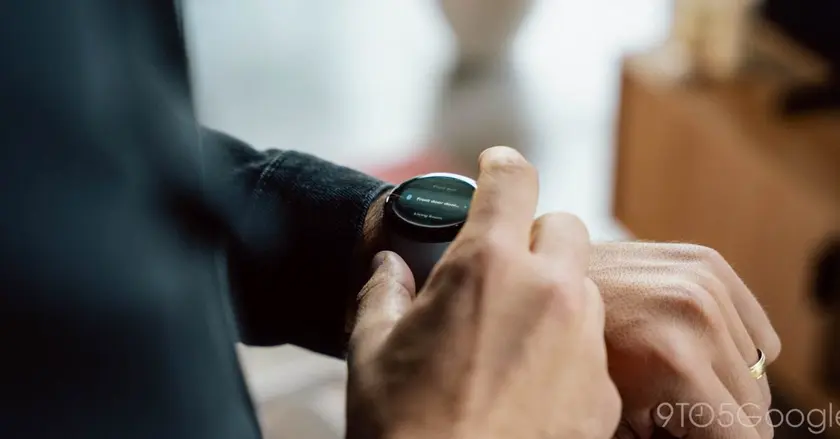
Google Home for Wear OS adds custom Favorites feature
